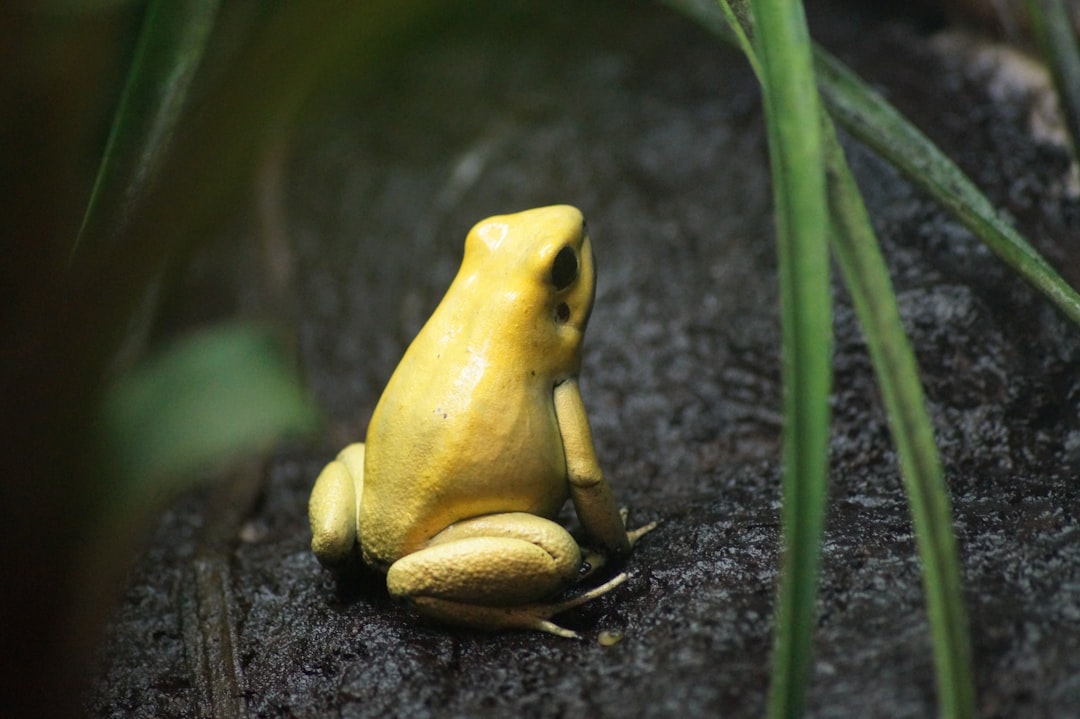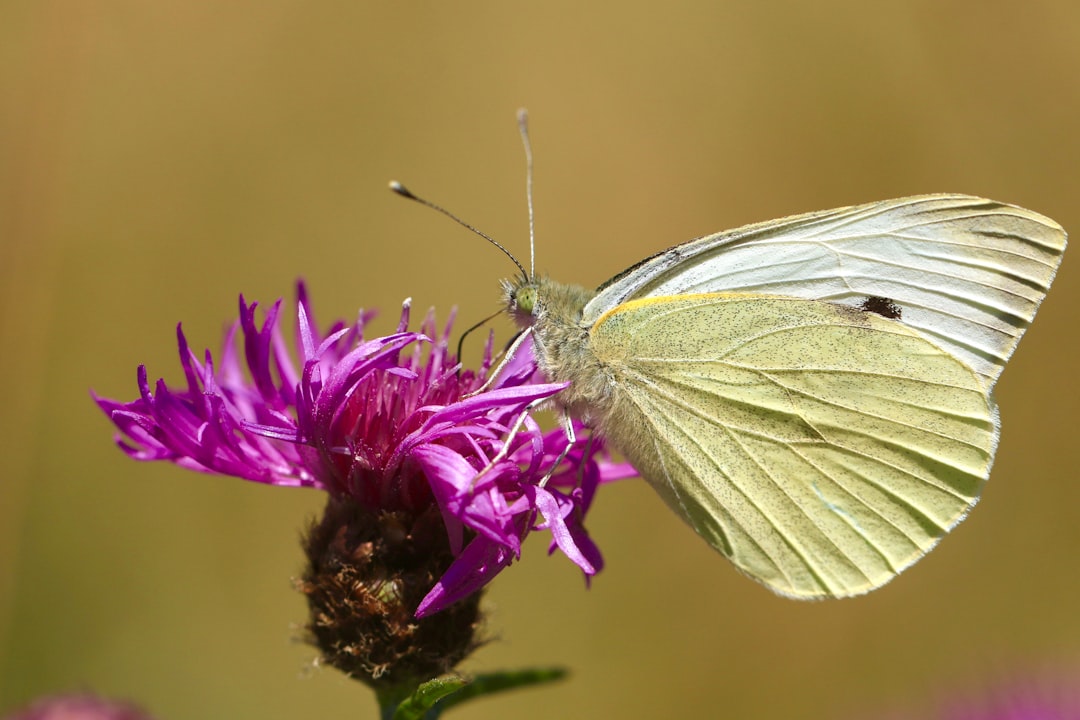What is it about?
The study aimed to find a suitable anticoagulant for use with giant kokopu blood. Lithium heparin caused clotting & haemolysis, while K2EDTA and trisodium citrate prevented coagulation. K2EDTA showed the least hemolysis, suggesting its potential use.
Featured Image

Photo by Rowan Simpson on Unsplash
Why is it important?
The article is important because it provides useful basic information on how to collect and analyse blood samples from giant kokopu, a threatened native fish of New Zealand. The article also contributes to the understanding of the physiology and ecology of this species.
Perspectives
Blood is an important tool in fish health assessment. For this to be achieved, the selection of the right blood preservative is key. While this article provides preliminary data on the choice of anticoagulants for use with giant kokopu blood, further work is needed to determine the right anticoagulant. I hope that this article contributes to knowledge that will facilitate future studies on the choice of a suitable anticoagulant to facilitate reliable and consistent blood data collection.
Dr Ronald LULIJWA
National Agricultural Research Organisation (NARO)
Read the Original
This page is a summary of: Effect of anticoagulants on farmed giant kokopu, Galaxias argenteus (Gmelin 1789) haematological parameters and erythrocyte fragility, Journal of Fish Biology, May 2021, Wiley,
DOI: 10.1111/jfb.14746.
You can read the full text:
Contributors
The following have contributed to this page










